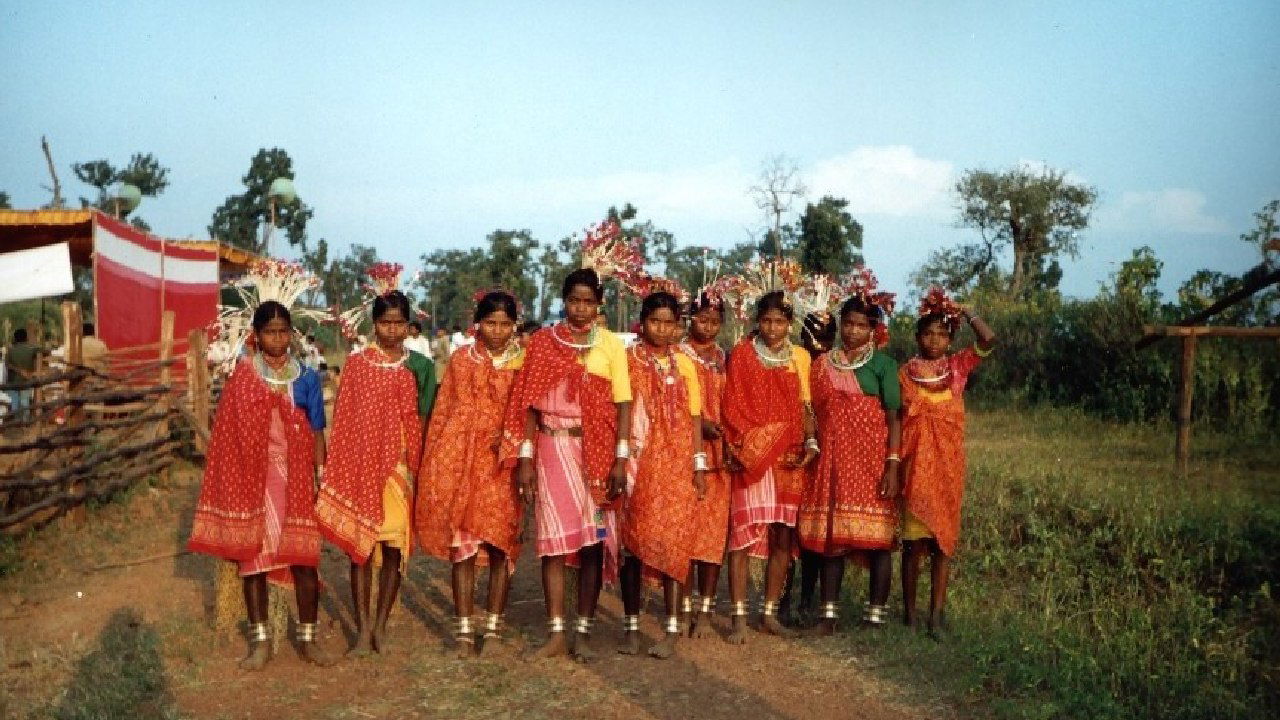
August 9 is a significant day dedicated to celebrating the International Day of the World's Indigenous People, also known as Adivasi Divas in India. This observance raises awareness about the rights and cultures of indigenous communities worldwide. Indigenous peoples face threats such as marginalization, cultural identity loss, and land dispossession, making it crucial to spotlight their unique heritage and the challenges they confront. Recognizing and preserving their legacy for future generations is essential for global cultural diversity.
Role of Indigenous People in India
India is home to a vast and diverse tribal population, second only to Africa. Indigenous peoples, known as Adivasis, make up about 8.6% of India's total population, numbering around 10.4 crores, according to the 2011 Census. These communities are deeply connected to nature, living in forests, hills, and remote areas. They practice unique cultural and religious traditions, which are intrinsically linked to their environment. Agriculture plays a vital role in their lifestyle, offering employment opportunities and sustaining their communities. The traits of hard work, respect for labor, and love for the land are fundamental assets for the tribals, enabling them to contribute significantly to India's agricultural sector.
Challenges Faced by Indigenous People
-
Education: Many tribal communities lack access to quality education due to poor communication infrastructure, remote locations, economic hardships, and superstitions. This lack of education hampers their development and integration into mainstream society.
-
Economic Challenges: Tribals often experience economic disadvantages, including lower income levels, high indebtedness, and limited access to financial resources. These challenges contribute to social and economic backwardness.
-
On-Farm Activities: Tribals face numerous obstacles in agriculture, such as limited irrigation facilities, unavailability of agricultural labor, high labor costs, and inadequate training for activities like fish farming.
-
Awareness: There is a lack of awareness and training for off-farm activities, including skill development and alternative livelihoods. Transportation facilities in tribal areas are also inadequate, limiting access to markets and resources.
Agricultural Practices of Indian Tribes
Despite these challenges, many tribes in India have developed unique agricultural practices that reflect their intimate relationship with the land. Here are some notable examples:
Baiga Tribals
-
Location: Dindori district, Madhya Pradesh
-
Agricultural System: Benvar
-
Method: The Baiga tribe practices the Benvar system, which involves burning small bushes, branches, and leaves in early summer. Seeds are scattered in the resulting ash, taking advantage of the natural nutrients. After about three years, the farming site changes, and the land is left fallow for nine years before reuse. This method ensures soil fertility and sustainable land use.
Gonds
-
Location: Madhya Pradesh, Chattisgarh, Maharashtra, and Odisha
-
Agricultural System: Subsistence farming
-
Method: The Gonds practice subsistence farming, growing crops primarily for their consumption. Crops include rice, millet, and pulses. This system involves low capital investment, mixed cropping, minimal use of agrochemicals, and reliance on traditional tools and methods.
Bhils
-
Location: Rajasthan, Gujarat, Madhya Pradesh, and Maharashtra
-
Agricultural System: Row cropping on sloping fields and relay-intercropping
-
Method: The Bhils employ various farming systems, including row cropping on sloping fields and relay-intercropping. This involves sowing maize with pigeon pea or other crops, utilizing residual moisture for secondary crops. They also practice step cropping, leveling slopes with stone bunds to prevent erosion.
Dongria Kondhs
-
Location: Koraput, Rayagada, Kandhamal, and Kalahandi districts, Odisha
-
Agricultural System: Shifting cultivation
-
Method: The Dongria Kondhs rely on shifting cultivation, horticulture, and forest products for their livelihood. They cultivate a variety of crops, including rice, millets, sorghum, and vegetables, on lower hill slopes. This diversified approach ensures food security and sustainability.
Lepcha Tribe
-
Location: Himalayan regions, including Meghalaya, Arunachal Pradesh, Bhutan, Sikkim, and Darjeeling
-
Agricultural System: Subsistence farming
-
Method: The Lepchas practice subsistence farming, growing rice, maize, and a variety of fruits and vegetables. They utilize traditional farming tools and methods, relying on the rich biodiversity of the region to sustain their agricultural activities.
Santhal Tribe
-
Location: Bihar, Odisha, Jharkhand, and West Bengal
-
Agricultural System: Jhum (shifting agriculture)
-
Method: The Santhals practice jhum cultivation, involving clearing and burning vegetation before planting crops. The ash enriches the soil with nutrients. This traditional method, also known as slash-and-burn, is one of the oldest forms of agriculture.
Naga Tribe
-
Location: Nagaland, Manipur, Meghalaya, Mizoram, Assam, and Arunachal Pradesh
-
Agricultural System: Jhum (shifting agriculture)
-
Method: The Nagas practice jhuming and maintain agro-biodiversity by integrating crops with naturally regenerated plants. They also use the Zabo system for rainwater harvesting, planting short-duration crops like beans and mustard, followed by root crops such as ginger for soil conservation.
These tribes exemplify India's rich agricultural diversity and resilience. Their traditional practices offer valuable lessons in sustainable farming and cultural preservation. Understanding and supporting these indigenous communities is crucial for fostering global cultural diversity and sustainable development.
















